Stewart Systems EkoFill Handleiding
Stewart Systems
Niet gecategoriseerd
EkoFill
Bekijk gratis de handleiding van Stewart Systems EkoFill (2 pagina’s), behorend tot de categorie Niet gecategoriseerd. Deze gids werd als nuttig beoordeeld door 59 mensen en kreeg gemiddeld 5.0 sterren uit 30 reviews. Heb je een vraag over Stewart Systems EkoFill of wil je andere gebruikers van dit product iets vragen? Stel een vraag
Pagina 1/2

!
EkoFill – E620 Fabric primer
EkoFill is our proprietary fabric primer that provided the UV barrier, Fire
protection, Seals the weave of the fabric, and is the primer for the top-coat of
paint.
3 cross coats are required. to seal the weave of the fabric and 1 brushed IN
2 sprayed ON to build up the required protection for the fabric. More can be
applied if desired.
The fabric must be cleaned with the EkoClean prior to application of the brushed coat of EkoFill to
remove contaminates.
Make sure to re-dampen the fabric with clean water so that the first
brushed coat will be more easily absorbed into the weave of the fabric. This
will help to avoid pinholes and brush marks. The idea of the brushed coat is to get EkoFill down
into the weave of the fabric. The fabric should be lightly dampened. It will dry quickly so only
dampen a few square yards at a time. It should not be soaking wet. You should not be able to
squeegee out any water from the fabric with your hand.
EkoFill dries quickly and the next coat can be applied as soon as the previous one has lo st itʼs
sheen and is dry to the touch with no color transfer.
Avoid sanding after the brushed coats of EkoFill. Remember that the goal of the brushed coat is
to the weave not the weave. too aggressive with sandpaper you will get EkoFill IN ON If you are
fuzz up the fabric and it will show through the sprayed coats. You can lightly wipe any trash or
lint off with 320 sand paper or red Scotch-Brite. Be very careful not to cut into the fabric itself.
Brushing EkoFill
Use a foam brush to apply the brushed coats of EkoFill into the damp fabric. Only wet out the
beveled tip of the brush and work the brush until it is dry before re-wetting with more EkoFill.
Avoid brushing Up the pinked edge of the finishing tapes. Bring the brush Down off the tapes into
the open bays to avoid pulling at the edge of the tape with the brush which tears little chunks of
foam off the brush and leaves residue on the surface and aggravates the smooth ironed down
pinked edge of the tapes. You will still see the glue through the EkoFill because the weave is
already sealed where the glue is. You will also notice that the tiny air bubbles go away by them
selves. Air bubbles come from being aggressive, pushing too hard and moving too fast which
introduces air into the EkoFill causing it to foam up. Do not keep pushing EkoFill around on the
fabric because as it starts to dry you will leave brush marks that must be sanded out later. If the
EkoFill goes from being slick to sticky stop brushing and let it lay down while it s still wet enough ʼ
to flow.
If you want to store parts until you are ready to start spraying now is a good time to do so. The
first brushed coat of EkoFill will help to protect the fabric. Cover with a clean bed sheet and store
away from the work area.

!
EkoFill – E620 Fabric primer
Spraying EkoFill
When spraying EkoFill you should apply a semi-wet coat that has a low gloss satin sheen to it.
Do not apply heavy wet coats. If you hold the spray gun too far away you will get a dry textured
finish. This will need to be sanded smooth since adding more EkoFill over the top will not level
out the imperfections. Read your spray gun manufactures instruction and make sure to do some
spray pattern tests before painting your aircraft. EkoFill can be applied using a 1.2-1.4mm
nozzle. It is sprayed as is no thinning required. “ ” Filter using an extra fine 120 micron paint
strainer as you pour it into the paint gun. Remove any fluid filters that may be between the
cup and gun body.
After 1 sprayed cross coat you should wait about 45 min to sand. Use 320 open coat sand paper
to remove any surface defects and to sand to a smooth surface. Lightly sand along the pinked
edge of all the finishing tapes to shear off the mic o fuzzy hairs that stand up from the edge of the r
finishing tapes. Do not be aggressive sanding the sensitive areas like pinked edges, rib stitching,
and over structure because you can cut into the weave of the fabric. Use red Scotch-Brite to buff
the surface and to scuff the EkoFill over sensitive areas where sandpaper would cut right through.
Areas where you sand down to the fabric must receive additional EkoFIll when spraying on the
next coat. The best way to do this is to fog in multiple light coats over the exposed fabric building
up the EkoFill before spraying out the entire surface. The smoother you prep the surface after the
first sprayed cross- coat of EkoFill the smoother the second sprayed cross coat will lay down. You
may continue to spray and sand to achieve your desired smoothness and amount of fill.
Waterborne coatings will not melt into and hide defects from the previous coat. They will only
amplify the surface they are being applied over. Take care to iron down pinked edges and to
sand rough edges smooth. You may continue to use the iron to remove defects and iron down
small air bubbles or lifting edges. aBe ware that the more EkoFill you put on the fabric the more
likely you are to smear the Ekofill around with the iron. Fix the fabric, Then fix the EkoFIll as
needed.
When sanding EkoFill ALWAYS use a tack-rag designed for use with waterborne coatings and
clean dry air blowing and wiping to remove sanding residue. You can also use a clean soft bristle
brush on a shop-vac to suck up the sanding residue before cleaning the surface with a tack-rag.
Waterborne coatings require a very clean surface to obtain maximum adhesion and avoid
surface defects in the final top coat paint. - Take care to remove all sanding residue. Do
not wet sand EkoFill. Do not wipe clean with a water soaked towel or use EkoClean to
remove sanding residue prior to painting. You may wipe with a low lint surface prep towel
using 91% isopropyl alcohol but do not scrub, just lightly wipe. Alcohol will soften the
EkoFill and if you are too aggressive you will leave lint imbedded into the Ekofill from the
surface prep towel.
Clean up with soap and water. Diluted EkoClean works quite well. Any remaining residue may
be removed with lacquer thinner.
Recommended temp range for application 60- -85 deg F. 15 75% humidity
Recommended wet film thickness 2.5 mil
Dry time before top-coating @ 75 deg F. 8- 10 hours
Product specificaties
| Merk: | Stewart Systems |
| Categorie: | Niet gecategoriseerd |
| Model: | EkoFill |
Heb je hulp nodig?
Als je hulp nodig hebt met Stewart Systems EkoFill stel dan hieronder een vraag en andere gebruikers zullen je antwoorden
Handleiding Niet gecategoriseerd Stewart Systems

11 November 2023
Handleiding Niet gecategoriseerd
- VirtuFit
- Anybus
- Motorola
- Wagner
- Kuppersbusch
- LaCie
- Goodram
- Tommee Tippee
- Grohe
- Eminent
- Wallas
- Tele Vue
- Swissvoice
- Viridian
- American DJ
Nieuwste handleidingen voor Niet gecategoriseerd
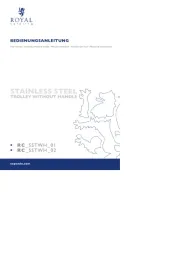
18 September 2025

18 September 2025
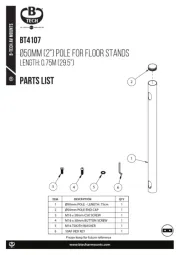
18 September 2025
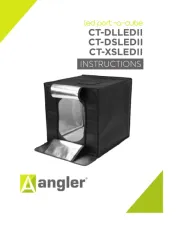
18 September 2025
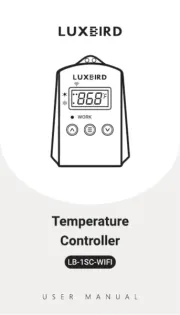
18 September 2025
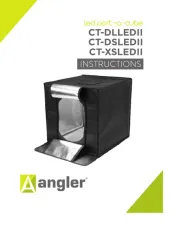
18 September 2025
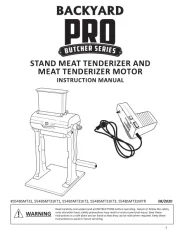
18 September 2025
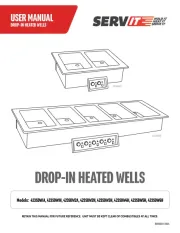
18 September 2025
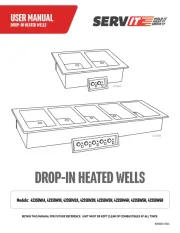
18 September 2025
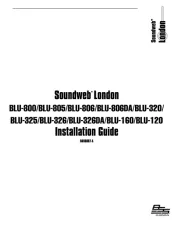
18 September 2025